


The 1975’s third album, “Music for Cars,” is due for release later this year. Its title is a reference to the band’s 2013 EP of the same name. Self-referentiality is nothing new for the group. Its sophomore release opens with a reworking of the first track of its debut. Word for word. Between its four EPs and two albums, the band regularly makes callbacks to earlier tracks. For careful listeners, these easter eggs emerge as motifs that develop the lyrical world of the 1975.
EPs "The 1975" "I like it when you sleep, for you are so beautiful yet so unaware of it"

This phrase can be traced back to the opening track on the band’s first release, 2012’s “Facedown” EP. Mental instability is explored throughout the 1975’s discography and comes to a head on “The Ballad of Me and My Brain,” where singer Matty Healy searches for his mind, thinking he may have left it in a bar or train or Sainsbury’s. “Where would I be if I was my brain?” he frantically asks himself.
"Facedown"
"Facedown" EP
"Lostmyhead"
"I like it when you sleep, for you are so beautiful yet so unaware of it"
"If I Believe You"
"I like it when you sleep, for you are so beautiful yet so unaware of it"
"The Ballad of Me and My Brain"
"I like it when you sleep, for you are so beautiful yet so unaware of it"

The band called their 2013 EP “Music for Cars” — a play on Brian Eno’s “Ambient 1: Music for Airports." But with so many references to being behind the wheel or in the backseat, much of its early work can fall under the genre of music for cars. In the world of the 1975, the car becomes an intimate place where you sleep, love, self-destruct, etc. “I like it when you sleep…” saw a shift in focus from cars, but with this year’s release (again) titled “Music for Cars,” listeners could find themselves returning to the passenger seat.
"You"
"Sex" EP
"You"
"Sex" EP
"Anobrain"
"Music for Cars" EP
"Chocolate"
"The 1975"
"Head.Cars.Bending"
"Music for Cars" EP
"Haunt // Bed"
"IV" EP
"M.O.N.E.Y."
"The 1975"
"UGH!"
"I like it when you sleep, for you are so beautiful yet so unaware of it"
"The Ballad of Me and My Brain"
"I like it when you sleep, for you are so beautiful yet so unaware of it"
"Sex"
"The 1975"
"Robbers"
"The 1975"

On their “Facedown” EP and self-titled album, the band establishes a romanticized view of the idea of the city — a place where you can find love. But, this turns to disenchantment on their sophomore release.
"The City"
"The 1975"
"Change of Heart"
"I like it when you sleep, for you are so beautiful yet so unaware of it"
"Change of Heart"
"I like it when you sleep, for you are so beautiful yet so unaware of it"
"She's American"
"I like it when you sleep, for you are so beautiful yet so unaware of it"
"She's American"
"I like it when you sleep, for you are so beautiful yet so unaware of it"
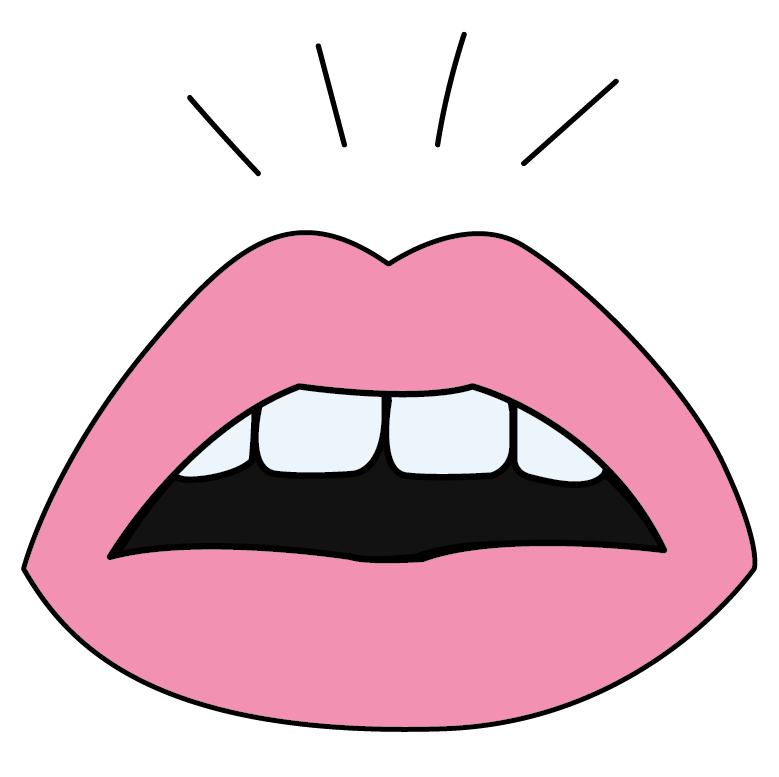
While it only appears on three tracks, this phrase still manages to stand out as a lyrical motif. Its meaning is open to interpretation — is it a whisper? An inhale? An exhale? Whatever the listener decides, it’s a delicate moment between some of the band's more destructive imagery.
"Settle Down"
"The 1975"
"Settle Down"
"The 1975"
"The 1975"
"The 1975"
"The 1975"
"I like it when you sleep, for you are so beautiful yet so unaware of it"

The opening line of the “True Romance”-inspired ballad, “Robbers,” sets up this preoccupation with model looks. But, like the city, this eventually leads to disappointment.
"Robbers"
"The 1975"
"She Way Out"
"The 1975"
"A Change of Heart"
"I like it when you sleep, for you are so beautiful yet so unaware of it"
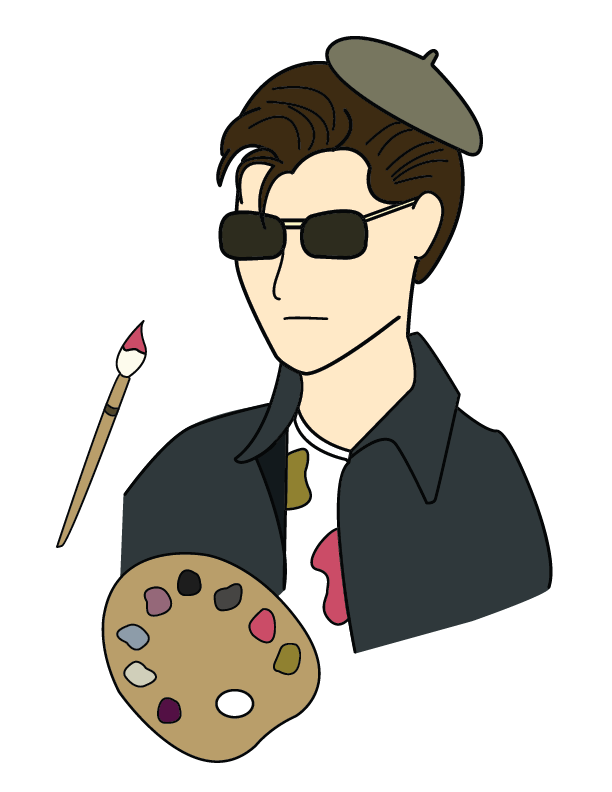
If pictures can tell stories, colors are a way in which we can write them. The subtle, moody and sometimes surprising Arctic Monkeys color palettes mix together to create album artwork that immediately reminds us of the songs that make them up.
Each color has a tale to tell, and the Arctic Monkeys used them to smartly portray the themes present in its music. From its punchy debut in 2006 to a more developed, mature sound in "AM," the band has enjoyed five LPs of chart-topping success, and for good reason. Every album features a significant change in style and lyricism which is well-received by fans and critics alike, an uncommon feat in the music world.
Here are some of the prominent color swatches picked from the albums in the Arctic Monkeys’ discography, matched with individual songs and broken down in detail to paint an overall picture.
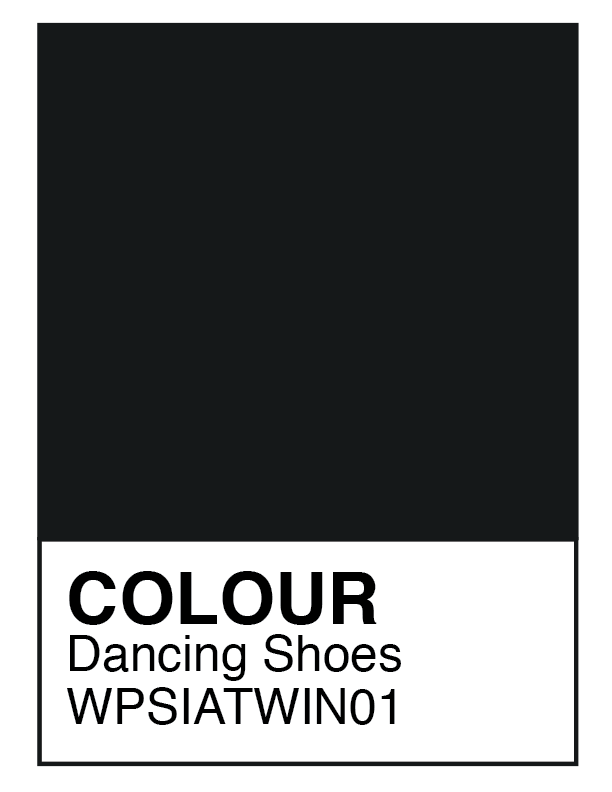
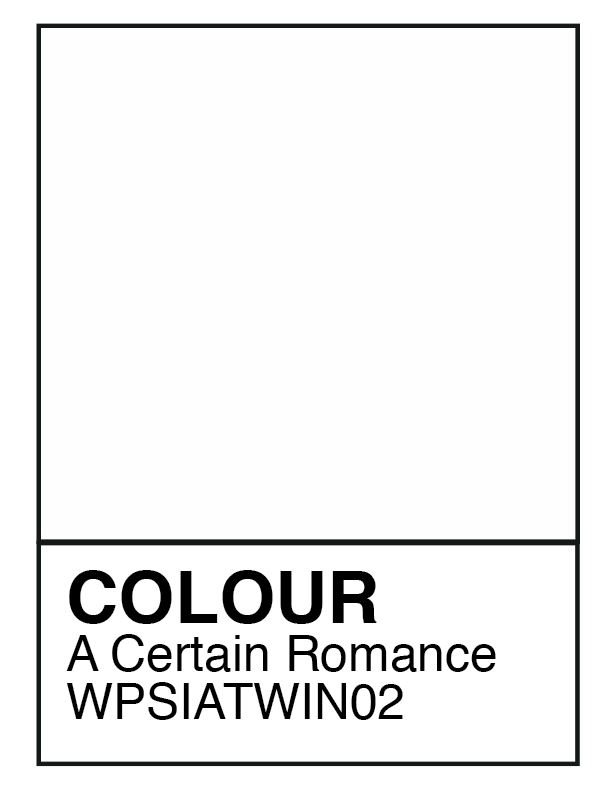
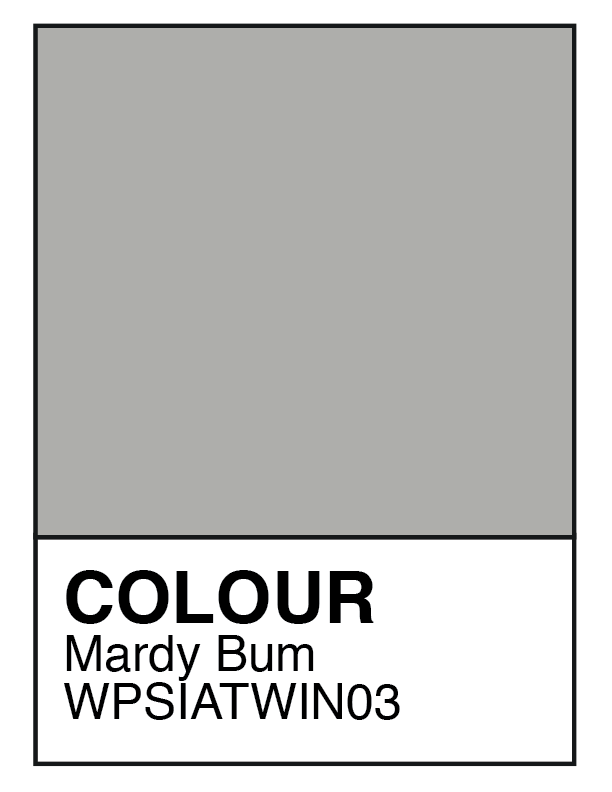
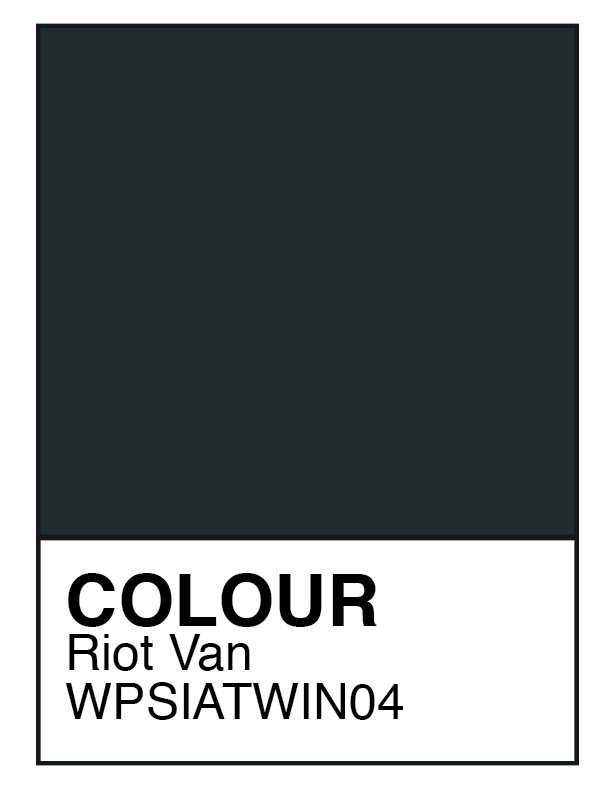
“Whatever People Say I Am, That’s What I’m Not” is a jagged, electrifying debut by a group of Sheffield teens. The lyrics drip in observant sarcasm, laying out scenes of late night debauchery and the frivolity of youth.
The album artwork depicts the Violet May frontman Chris McClure smoking a cigarette, a controversial image at the time.
The blueish, dark hues of the image remind the listener of roaming the city streets at night, not knowing what’s to come next, though it’s likely going to get you in trouble and give you a sharp story to tell your friends the morning after.
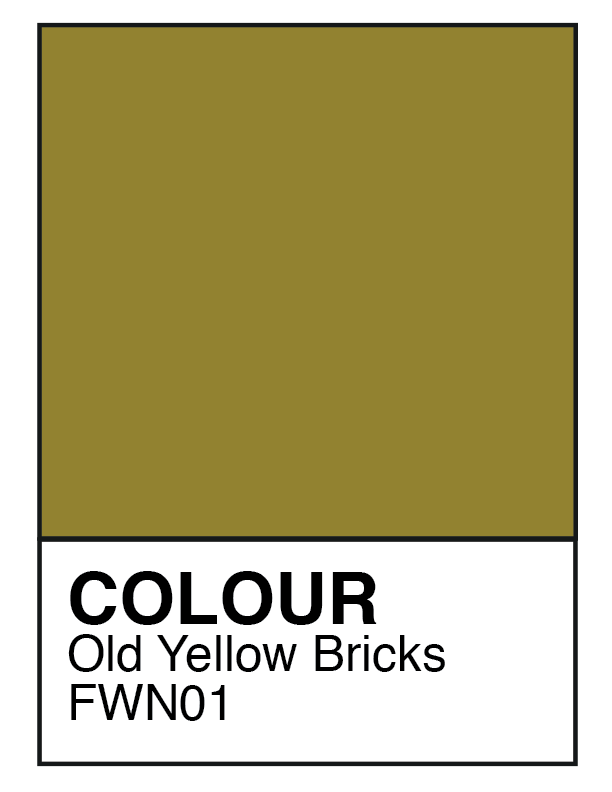
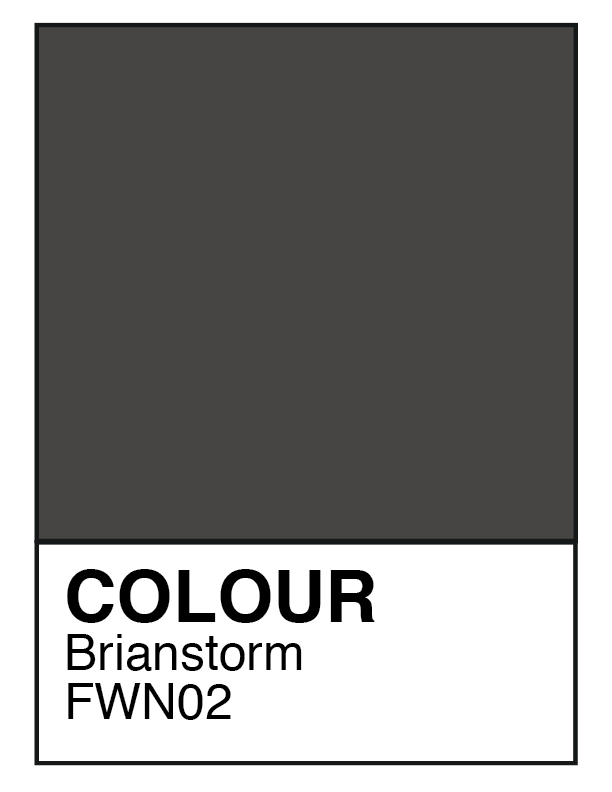
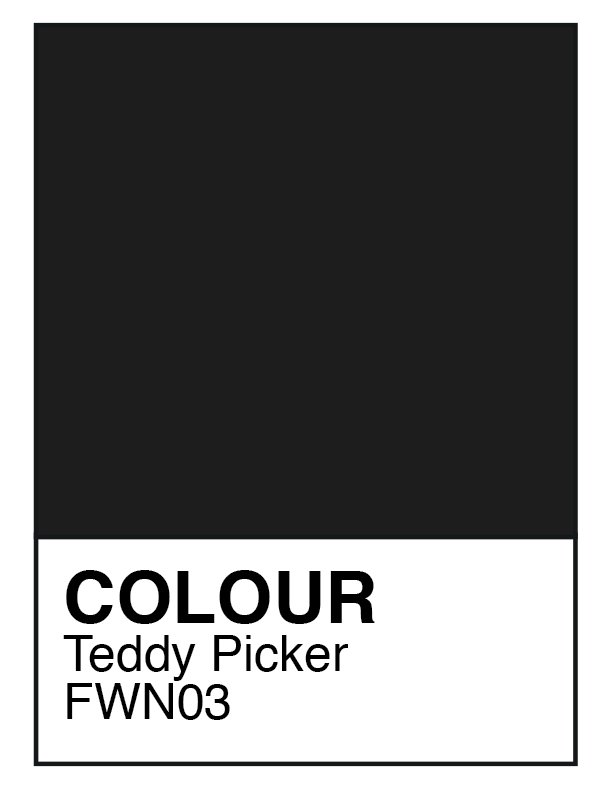
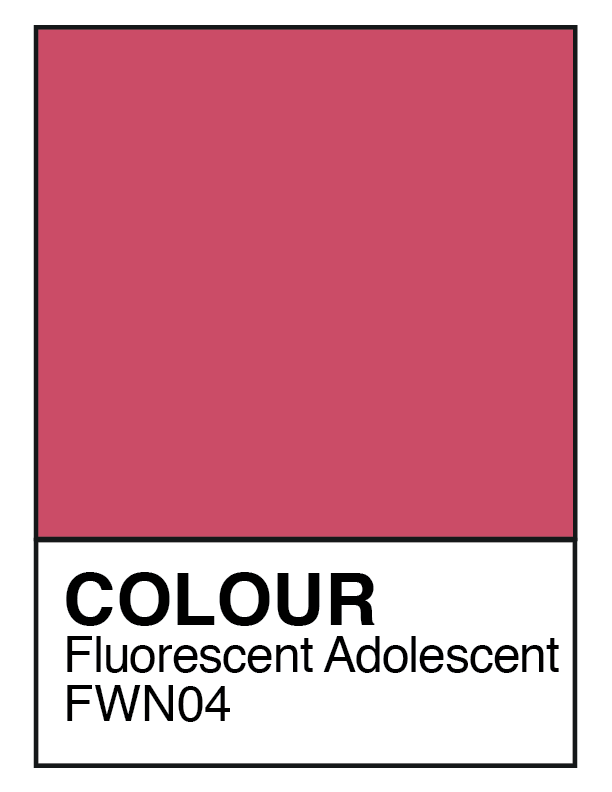
Alex Turner and company pick up the pace with “Favourite Worst Nightmare,” a tougher, heavier sophomore effort that doesn’t skimp on the guitars. The emotions are more poignant as the songwriting takes a slightly morose but heartfelt tone.
You can see this through the color choices on the album cover. There are hints of fluorescence, poking through a desolate world where people warn you to be careful before venturing out. Even the smallest mumble transforms into an echo among the cutting drums and the sense of impending danger in the lyrics.
Turner is still singing to you about the details — fishnets, T-shirt and tie combinations, balaclavas — but it’s with a little more urgency this time.



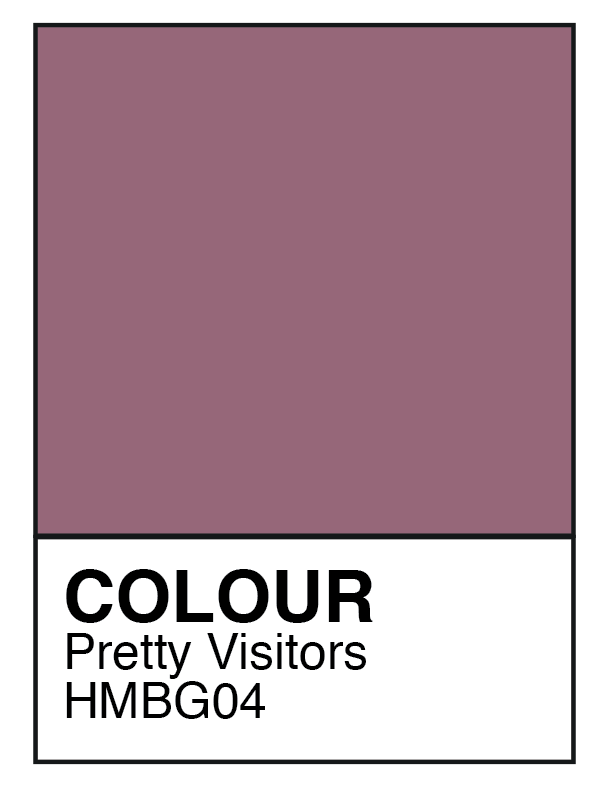
The third LP cements the band’s position as one of indie rock’s frontrunners. It doesn’t have the infectious choruses of the first two albums, but it still sticks with the listener with a loose, surf-rock mood.
The cool sepia-toned album artwork gives you the washed out feeling the band was going after. The purples and blues are muted, reminding you of the psychedelic rock the Arctic Monkeys increasingly borrow from in their creative process.
This LP might not be as acid-tongued as the band’s previous works, but it has that cutting feeling you can’t shake off when you listen to it. And just like a fuzzy, subtle photo from the past, it’ll end up being a lot more significant than it seems.
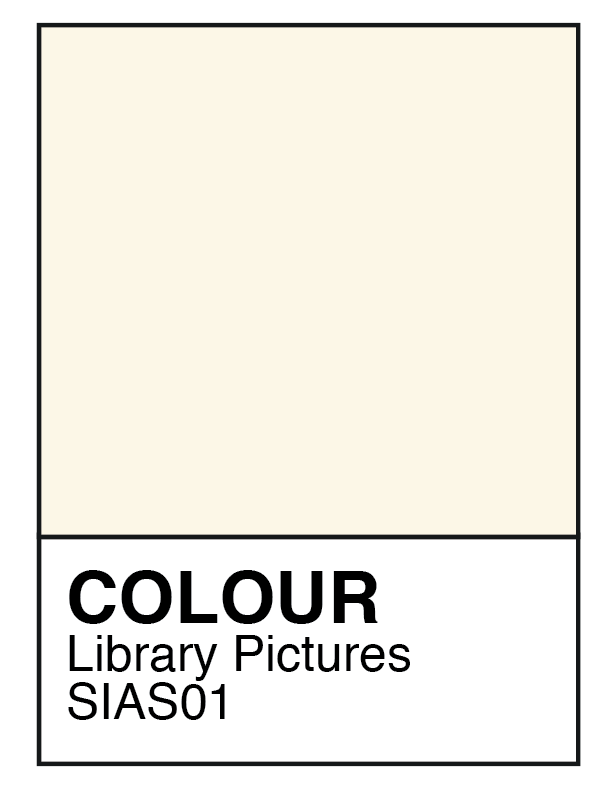
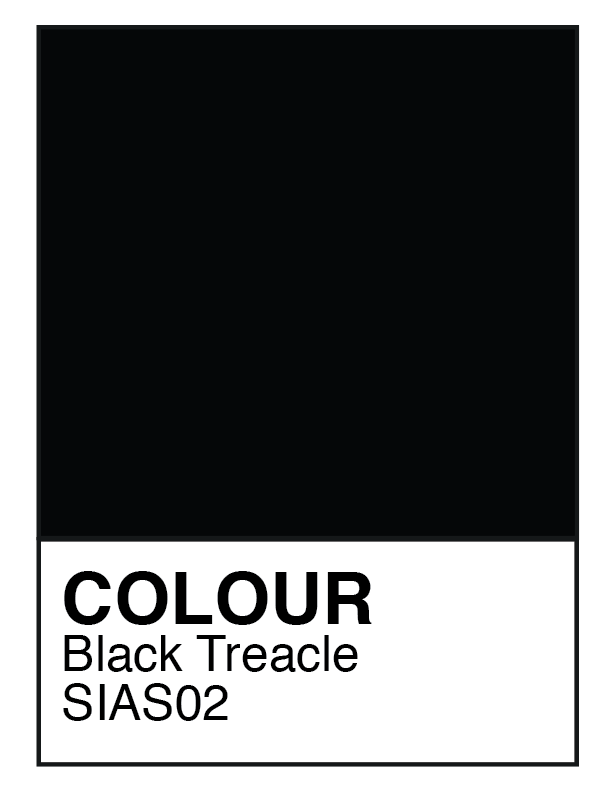
The psychedelic tones become more experimental with “Suck it and See.” For better or for worse, the cover takes a leap of artistic liberty by being so boldly minimal.
This album artwork, a reimaginaton of “White Album” by the Beatles, was criticized by many, even being named one of the worst in history by NME. Say what you will, this album takes risks while wearing its vintage appeal well.
The instrumentation calls back to a time when Black Sabbath ruled, and the straightforwardness of the tan album cover is practically screaming at you to give it a try — which, by the way, is what “Suck it and See” means in British slang.


White-on-black soundwaves reverberate on the cover of “AM.” Though the total color palette of their last studio album comprises of their simplest yet, the sounds are anything but.
Black and white makes you think of cool. Deliberate. Slicked-back hair and leather jackets and finger-snapping. It’s not a new aesthetic by any means, but the Arctic Monkeys' interpretation of these recurring themes is a fresh and welcome one.
When the swagger from the guitar hooks and Turner’s intimidating, bold lyrics are dialed up this high, it’s easy to see how the toned-down color choices work so well.
Listening to Vampire Weekend can sometimes feel like a geography lesson. The band regularly name-drops specific cities, streets, mountain ranges, religious landmarks — you name it — throughout its trilogy of albums. With a fourth album on the way, take a look at where the band's lyrics have visited to prepare for where they may travel next.

All four members of Vampire Weekend have degrees at Columbia University. Having met at the Ivy League school located in the Upper West Side, the band regularly references sites around Manhattan.
Between tourist destinations such as the Museum of Modern Art and local eateries such as Jerusalem Restaurant, much of Vampire Weekend’s lyrical world exists within the borough.

The Massachusetts peninsula runs deep through the band’s mythology. The name comes from an unfinished short film called “Vampire Weekend," which lead singer Ezra Koenig directed and starred in during his undergraduate years.
The film’s protagonist, Walcott, must travel to Cape Cod to warn the mayor vampires are headed to the area to attack.

On its sophomore release, “Contra,” the band expands its lyrical world and trades East Coast for West.
Though it returns to New York for its third album — fittingly titled, “Modern Vampires of the City” — the band continues to draw inspiration from the Golden State throughout the record. Bay Area cities such as Oakland and Alameda get shoutouts on songs such as “Step,” and the road trip described in “Hannah Hunt” reaches Santa Barbara.
The singer-songwriter has not released an album since her 2013 debut “My Night, My Time.” According to a Pitchfork article, Ferreira announced she would be releasing a heavily visual EP this year. On Jan. 10 she posted the first official photo from her upcoming release on Instagram. There is no official release date yet, but according to the article Ferreira said she will release music in February or March.
Known for the hits “Kids” and “Electric Feel,” MGMT returns with their fourth album “Little Dark Age.” The new album is their first since their 2013 self-titled album, and was released Feb. 9.

The first three songs released from the album, “Little Dark Age,” “When You Die,” and “Hand it Over,” gave listeners a taste for the new record. The same synth pop vibes are there, but this time MGMT seems to lean more toward the dark side lyrically. The synth beats and playfully melancholy songs will take fans back to the 1980s.
White rose to prominence as the lead singer and guitarist of the rock duo the White Stripes during the early 2000s. In 2014 White released his second solo album, “Lazaretto,” to critical acclaim. His new album “Boarding House Reach” will be released March 23. White has released two songs from the album, “Connected by Love” and “Respect Commander.”
According to a Rolling Stone article, the album is his most adventurous one yet. "The entire record, to me, is incredibly modern,” White said in the article. “I wanted to take punk, hip-hop and rock 'n' roll, and funnel it all into a 2018 time capsule."
The rock band has been around since the 1980s and recently announced their first show in four years. The group will play Japan’s Sonicmania festival on Friday, Aug. 17, and plans on releasing a new album later this year, though no title or release date has been announced yet.

Casablancas, of The Strokes fame, returns with his band the Voidz for its second record. “Virtue” will be released March 30, as well as two songs, “Leave it in my Dreams,” and “QYURRYUS.”
Along with a new album, the band has also changed its name from Julian Casablancas and the Voidz to just the Voidz. Although the Voidz are more experimental than the Strokes, listeners can expect to hear some of Casablancas’ classic rock influence.
The English band’s fourth album, “Combat Sports,” follows the 2015 album, “English Graffiti” and will be released March 30. The band shared their new single, “I Can’t Quit,” in early January.
According to an NME article, the band’s new album is a return to their roots with songs that mix melancholy and euphoria.
While the Indie Rock band released a new album this year, the songs on it aren’t new. Instead, “Twin Fantasy,” is a re-recorded version of Will Toledo’s self-released album of the same name. Since the songs are re-recordings, the album adheres to Toledo’s garage rock sound and self-aware lyrics, but also improves upon the originals.

Interested in reliving some of the greatest indie hits of the 21st century? The IDS has you covered with a Spotify playlist of some of the most iconic bops from the alternative music scene in recent years.
Many kids in the 2000s were raised by indie music. We waited in line hours before concerts started and discussed the tours online, defining the culture of a specific subspace of the internet and beyond.
To immerse ourselves in one of these fanbases, we pulled from a wide catalog of references to make connections between the music and the meaning. We also related the artistry to our own lives to the point where we know the music like it’s a part of ourselves.

For the most part, they’re visibly characterized as female. And being categorized as a “fangirl” comes with a stigma.
Young women are characterized as being obsessive. Their interests fail to be taken seriously by critics or the general public. People will go out of their way to even suggest the material they love is not tasteful or artistic.
This shouldn’t discredit the band’s artistry because it’s unfair to both the bands and the women who support them.
People find a sense of community and solace in these fandoms, and this community is all the more critical when they’re coming of age.
By providing an outlet in which they can discuss ideas and produce artwork inspired by music and other creative mediums, fans don’t just form a culture. They form their own identities.
It depends on what you’re a fan of, and what time you found yourself immersed in one of these subcultures, but indie kids can probably find a unifying experience in some of the small things.
The list is long: you could have found us logging into Tumblr, making photo collages, turning Twitter notifications on for our favorite band members — it felt like they were texting us, which was exhilarating — and anxiously awaiting tour date releases, or anything at all to whet our appetites for knowledge on our favorite artists.
Maybe for you, you’ll never forget wearing a band shirt to school, hoping you’d bump into a person cool enough to notice and ask you about it. Or perhaps it was TYPING IN ALL CAPS ANY TIME ANYTHING REMOTELY EXCITING HAPPENED.

Many of us experienced these whirlwinds of emotions during our adolescence, and it helped us form who we are.
We look back on these memories with fondness and a tinge of nostalgia.
Even if it wasn’t necessarily deep or life-changing, it was an important pastime and creative outlet, one in which we expressed ourselves, forged friendships and crafted a community.
And we’ve grown since then. What we've realized as we grew older was that being a fan was never a crutch — it was a stepping stone into something greater: discovering ourselves.
For all of the space we’ve dedicated in our brains for the ridiculously specific band references, we’d like to take a sliver of that and make a toast to the indie bands who got us through it all.